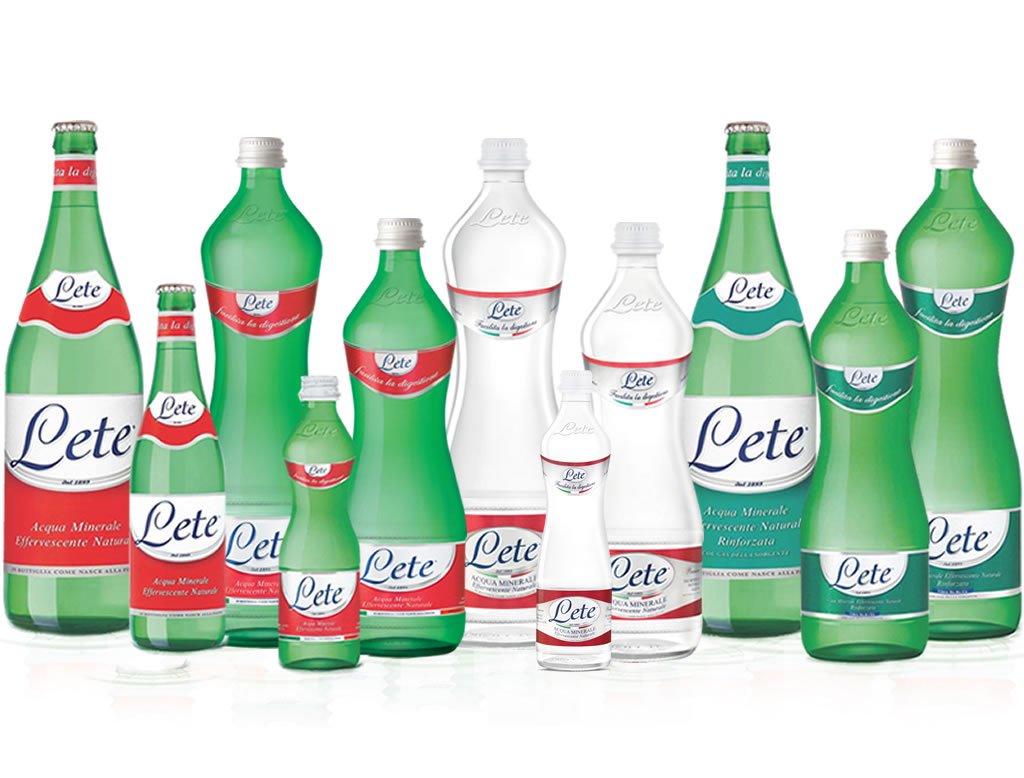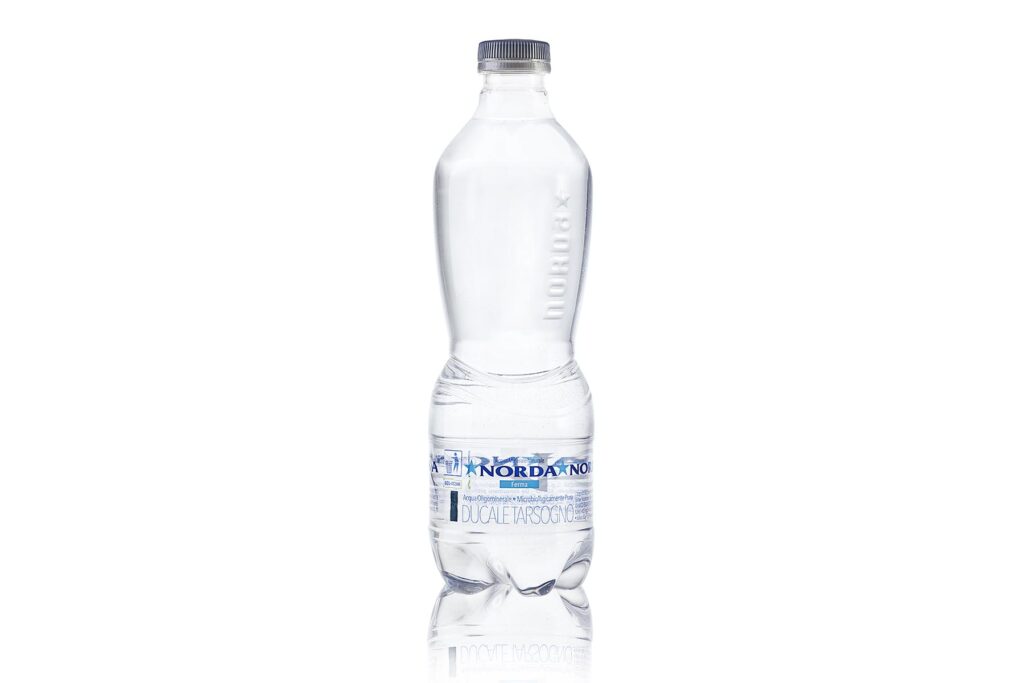Italy is the first European country for number of mineral water springs, oligomineral quality and diversity of the springs thanks to the particular morphology of the country. In fact, Italy has become today one of the major consumer and producer of Italian mineral waters in the world and every year over 12 billion liters of water are produced.
What are mineral waters?
Legislative decree number 105 of 25 January 1992 states the meaning of the word natural mineral waters as follows: “Are to be considered natural mineral waters those waters that, having been originated from an aquifer or an underground reservoir, come from one or more natural or perforated springs and that have the particular sanitary features and properties favorable for health”.
According to Italian legislation, marketable mineral waters can be divided in the following categories:
- Lowly mineralized waters: fixed residue is lower than 50 mg/l;
- Oligomineral waters (or lightly mineralized): fixed residue is between 50 and 500 mg/l;
- Mineral waters: the fixed residue is between 500 and 1500 mg/l;
- Waters rich in mineral salts: the fixed residue is higher than 1500 mg/l.
There are other categories of mineral waters, always included in the legislation, related to the concentration of specific mineral salts:
- • containing bicarbonate, if bicarbonate is higher than 600 mg/l;
- sulfate, if sulfates are higher than 200 mg/l;
- chlorinated, if chloride is higher than 200 mg/l;
- calcic, is calcium value is higher than 150 mg/l;
- magnesic, if magnesium is higher than 50 mg/l;
- fluoric, if fluorine is higher than 1 mg/l;
- ferruginous, il bivalent iron is higher than 1 mg/l;
- acid, if free carbon dioxide is higher than 250 mg/l;
- sodic, if sodium content is higher than 200 mg/l;
- ideal for low-sodium diets, if the sodium value is lower than 20 mg/l;
Italian Mineral Waters
According to recent data, in Italy there are more than 300 brands of Italian mineral waters. Each with its own history, organoleptic characteristics, properties and nutritional and health values.
Let us find out the most famous water brands present on the national territory!
Lete water
Lete is the highest selling effervescent mineral water in Italy. Its springs are located in the southern Apennines, on the border between Campania and Molise. It is considered to be a one-of-a-kind mineral water, as it is low in sodium (5,1 mg/l) and provides bicarbonates and calcium.
This water has beneficial digestive, diuretic properties especially for an active lifestyle. These characteristics have been verifies by scientific studies led by famous Italian universities and published on important scientific publications, and vouched for by certifications of the Health Ministry, which means they are compliant with the reference standard of mineral waters.

Ferrarelle water
Ferrarelle water springs from the layers of the dormant volcano of Roccamonfina, in the Caserta province. Ferrarelle, in fact, comes up to the surface after a long underground journey of 15 km. The rock and forests help the water gain a range of elements and to define it physical and chemical composition as well as it nutritional values.

Among Italian mineral water, this is rich in calcium, essential mineral to protect the bones and thanks to its balanced content of sodium and potassium it helps to improve muscle contraction and to regulate blood pressure. Finally, its natural effervescence help to stimulate the right digestive function acting on the stomach and intestine.
Gaudianello water
The Gaudianello water flows on mount Vulture an ancient volcano which has been inactive for over 130,000 years, located in the Basilicata region. During a long journey underground, the rain is filtered through volcanic tuff and gains mineral salts and oligoelement through the natural flowing between the underground rocks.
Among all Italian mineral waters, Gaudianello is perfect to stimulate the digestive system as it is sparkling and it is great for athletes because it is rich in potassium and calcium which are essential for the body as they regulate blood pressure, muscle contraction and improve bone health.

Levissima water
The Levissima water flows in Valtellina, in the heart of the central Alps, and it is bottled in the Valdisotto plant, in the Sondrio province. The water comes from the melting of the perennial glaciers and winter snow, and it goes deep in the earth through cracks that are in the crystal-siliceous soil. Levissima water’s typical lightness is strictly connected to the mineral composition of the rocks that constitute its underground reservoir.
It has a fixed residue of 80,5 mg/L, which classifies as oligomineral water. Thanks to its low mineral content, its use is suggested to who follows a low-sodium diet. It can be diuretic and help the removal of uric acid through the urinary tract.

San Benedetto water
In 1956 the first establishment of the San Benedetto group come to be, it dealt with the bottling of the mineral waters of Scorzé, Fonte San Benedetto and Fonte Guizza, in the Venice province, right in the heart of Parco del Sile.
San Benedetto water is diuretic and low in sodium eliminating the symptoms caused by kidney stones and water retention. It supports in expelling the body’s excess liquids and residues through the urinary tract in a natural way. Ideal for children thanks to its lightness and purity of mineral salts which meet their daily intake, coupled with a healthy and balanced diet.
Panna water

Historical water whose springs are located on the lush hills of Tuscany, 900 meters above the sea. Thanks to its lightness it meets many food requirements if coupled with a good, healthy and balanced diet. Everyone can drink it daily.
Norda water
The Norda water travels a long way from Lombardia’s central Alps, going along the Small Dolomites, and goes up to the ridge of the Tuscan-Emilian Apennine. Thanks to its unique journey underground, Norda acquires naturally mineral salts and important mountain oligoelements.
It is low in sodium and promotes diuresis helping to expel liquids and residues eliminating the symptoms caused by kidney stones and water retention.

Cover Image : istud

